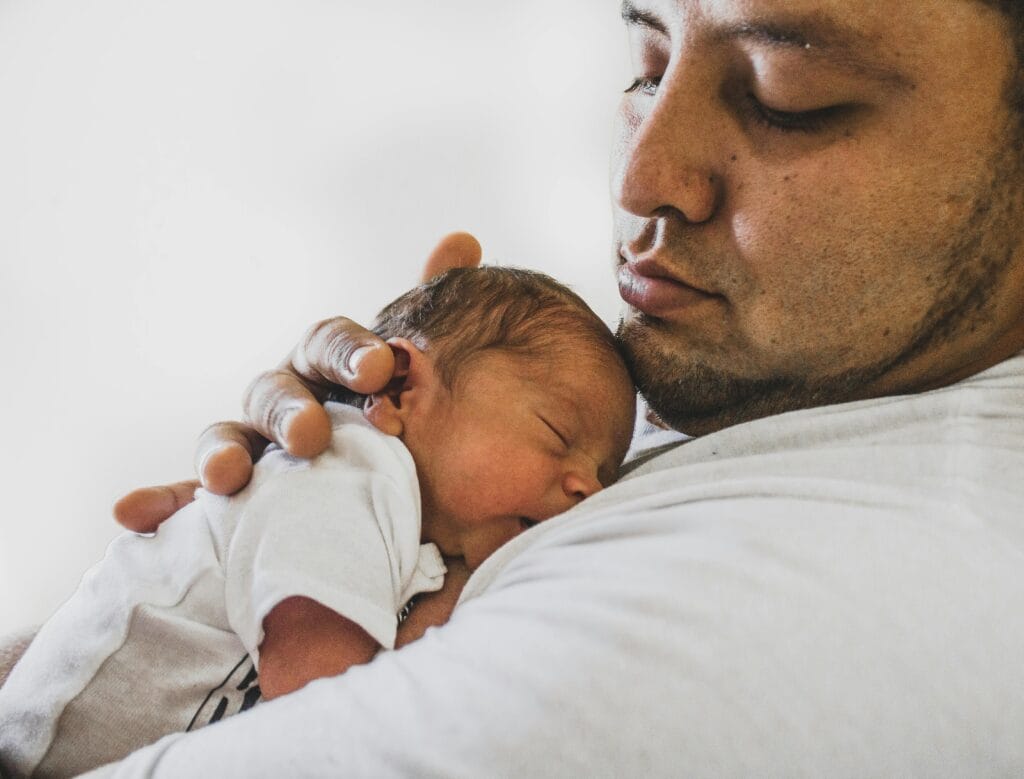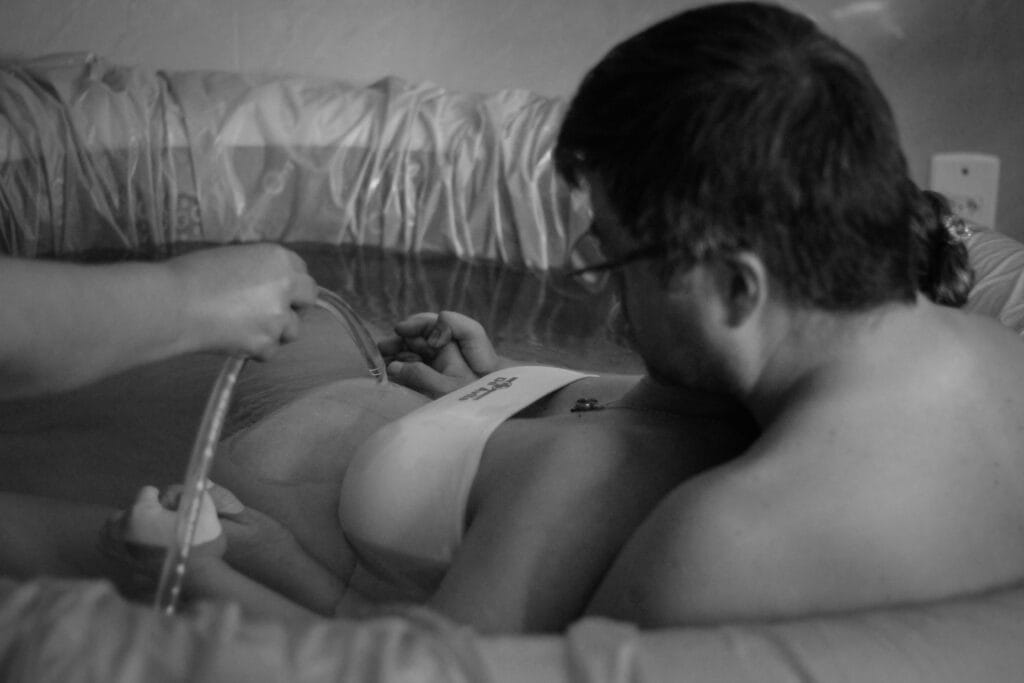Becoming a father is an exciting journey, but it can also be overwhelming, especially when it comes to understanding the childbirth process. One of the most important things for expectant dads to grasp is the different stages of labor. Labor is more than just a few hours in a hospital room—it’s a complex process involving physical and emotional changes that bring new life into the world. For you as a dad, understanding the stages of labor can make a significant difference in how you support your partner and navigate the birth experience with confidence.
In this guide, we’ll break down the stages of labor in a way that’s easy to understand and show why you and men, in general, should be invested in knowing this vital part of childbirth.
Why Should You Care About the Stages of Labor as a Man?
For many expectant dads, labor and delivery might feel like something happening to someone else, but it’s not. Childbirth is a shared experience that deeply affects both you and your partner. Understanding the stages of labor not only helps you be better prepared but also enables you to be more engaged, empathetic, and supportive during the process. When you know what’s happening at each stage, you’re better equipped to help manage stress, advocate for your partner, and offer meaningful emotional and physical support.
Plus, being informed means you’re less likely to be caught off guard when labor begins, helping you stay calm and confident in the delivery room.
Let’s explore the three main stages of labor and why each is important for dads to understand.
Stage 1: Early and Active Labor
The first stage of labor is divided into two phases: early labor and active labor. This stage is the longest, often lasting anywhere from several hours to a full day (or more for first-time moms). During this time, the cervix gradually opens and thins out to allow the baby to pass through the birth canal.
- Early Labor: The Beginning
Early labor, also known as the latent phase, is when contractions start but are often mild and irregular. The cervix begins to dilate (open) and efface (thin out), usually up to about 3-4 centimeters. For many women, this phase feels like mild menstrual cramps, though it varies in intensity.
Early labor can last for hours or even days, so it’s crucial for you to be patient and supportive. Knowing that this is a slow, gradual process can help you stay calm and encourage your partner to rest, hydrate, and stay comfortable. Since the pain is usually manageable at this stage, it’s a good time to practice relaxation techniques together, like deep breathing or gentle massage.
Your partner will appreciate your encouragement and reassurance during this time. The key takeaway for dads: don’t rush to the hospital just yet unless directed by your healthcare provider. Instead, help your partner feel as comfortable as possible and stay close to monitor how things are progressing.
- Active Labor: Things Heat Up
Active labor begins once the cervix has dilated to around 4-5 centimeters and contractions become more regular, intense, and closer together. This phase is often much faster than early labor but far more intense, lasting several hours. The cervix dilates from 5 to 10 centimeters, and contractions are now powerful enough to help the baby move down through the birth canal.
This is when your partner will need you the most. Contractions can become intense and challenging, and the pain may increase. As an expectant dad, you can offer emotional support by being present, attentive, and calm. Help your partner focus on breathing, provide physical comfort like back massages, and remind her to change positions to ease discomfort. Being in tune with her needs will make you a stronger, more compassionate support person.
This stage is also when you should be ready to head to the hospital or birthing center if you haven’t already. Timing contractions (usually when they are 5 minutes apart and last for 1 minute) will help you know when it’s time to go.
Stage 2: Pushing and Delivery of the Baby
The second stage of labor begins once the cervix is fully dilated at 10 centimeters and ends with the birth of the baby. This stage is often referred to as the “pushing” phase because the mother actively pushes to help the baby move through the birth canal. For first-time moms, this stage can last anywhere from 30 minutes to a few hours, depending on various factors.
The second stage is often the most intense part of labor, but it’s also the most rewarding. Your role as a dad is to continue providing physical and emotional support. Encourage your partner through each contraction and push. Help her stay focused by offering words of motivation and reminding her of the end goal: meeting your baby.
Many dads find this stage emotional and awe-inspiring. It’s the moment when your child is born, and being involved makes it an experience you’ll never forget. Even if you’re not keen on watching the birth itself, being by your partner’s side, holding her hand, and cheering her on will be invaluable to her.
Some hospitals may also allow dads to cut the umbilical cord, which can be a symbolic and emotional way to participate in the birth.
Stage 3: Delivery of the Placenta
The third and final stage of labor involves the delivery of the placenta. After the baby is born, the body continues to contract to expel the placenta, which is the organ that provided oxygen and nutrients to the baby during pregnancy. This stage is typically the shortest, lasting about 10 to 30 minutes.
At this point, you’ll probably be focused on your newborn, but it’s important to continue supporting your partner. While this stage is generally less intense, your partner may still feel contractions and discomfort. After the placenta is delivered, doctors or midwives will check to ensure everything is intact and there’s no excessive bleeding.
This is also a crucial bonding moment for you, your partner, and your new baby. Skin-to-skin contact is often encouraged in the minutes following birth, so you can hold your newborn and help with initial bonding.
Final Thoughts
Understanding the stages of labor can make you a more prepared, supportive, and confident dad. Labor can be long, unpredictable, and emotional, but by knowing what’s happening at each stage, you can stay grounded and provide your partner with the reassurance she needs. It’s also a shared experience that can strengthen your bond as a couple and as new parents.
In the end, being informed about labor makes you an active participant in the birth of your child. It’s not just something happening to your partner—it’s something you’re both going through together. By learning about each stage, you’ll be ready to offer comfort, encouragement, and love when it matters most.














